This picture shows what a transit of Venus might look like. The big black dot near the bottom is Venus. The yellow arrows show how Venus will move during the transit in 2004.
Click on image for full size
This illustration is original Windows to the Universe artwork created by Randy Russell. The image of the Sun is courtesy SOHO (ESA & NASA); information on the apparent size and path of Venus courtesy Fred Espenak, NASA's GSFC.
Transits of Venus
Sometimes the planet Venus gets between Earth and the Sun. When it does, we see a black dot move across the Sun. The black dot is Venus. Astronomers have a name for this. They call it a "transit" of Venus. A transit is like an eclipse
of the Sun.
Transits of Venus don't happen very often. The last one was way back in 1882!
There will be a transit of Venus on June 8, 2004. There will be another one June 6, 2012. The next transit after that won't happen for a very long time.
NASA has
a web site with lots of news about the transit in 2004.
In the past, astronomers made some
measurements during a transit. Those measurements
helped them figure out how far away Venus is. They also helped scientists
figure out how far Earth is from the Sun.
You might also be interested in:
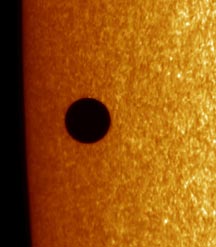
"Transit" is a special term astronomers use. A transit is like an eclipse of the Sun. When an eclipse of the Sun happens, the Moon gets between us and the Sun and blocks the sunlight. When a transit happens,
...more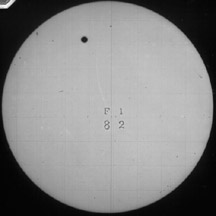
Sometimes the planet Venus goes between Earth and the Sun. From Earth it looks like a black dot moves across the Sun. Astronomers call this a transit of Venus. Transits of Venus don't happen very often.
...more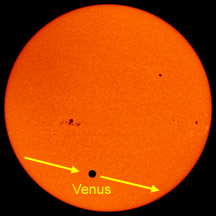
Sometimes planets go in between Earth and the Sun. When that happens astronomers call it a "transit". On June 8, 2004, the planet Venus will move between Earth and the Sun. There will be a transit of Venus!
...more
The planet Mercury will cross in front of the Sun on Wednesday, November 8, 2006. When that happens, astronomers call it a transit. A transit is like a solar eclipse. An eclipse happens when the Moon passes
...more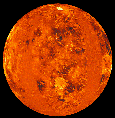
Venus is the second planet from the Sun, and is Earth's closest neighbor in the solar system. Venus is the brightest object in the sky after the Sun and the Moon, and sometimes looks like a bright star
...more
Sometimes the planet Venus gets between Earth and the Sun. When it does, we see a black dot move across the Sun. The black dot is Venus. Astronomers have a name for this. They call it a "transit"
...more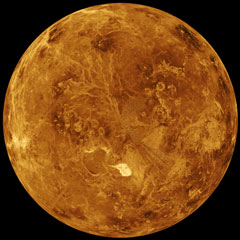
Venus is the hottest planet in our Solar System. On Earth, places near the equator are hot. Places near the poles are cold. On Venus, it is really hot everywhere... even at the North and South Poles. Venus
...more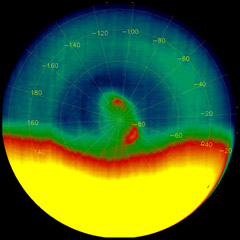
A vortex is a swirling, circular movement of air and clouds... like in a tornado or hurricane. The plural form of vortex is "vortices". The planet Venus has vortices in its atmosphere above each of its
...more












